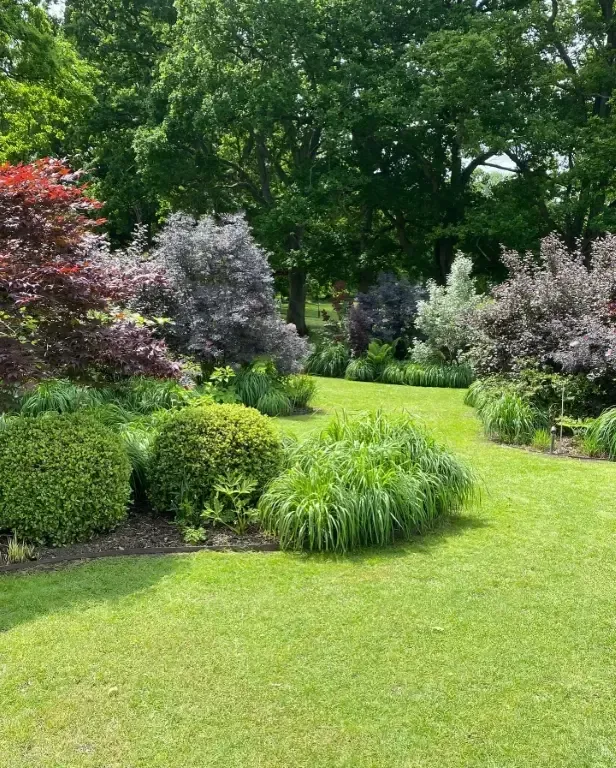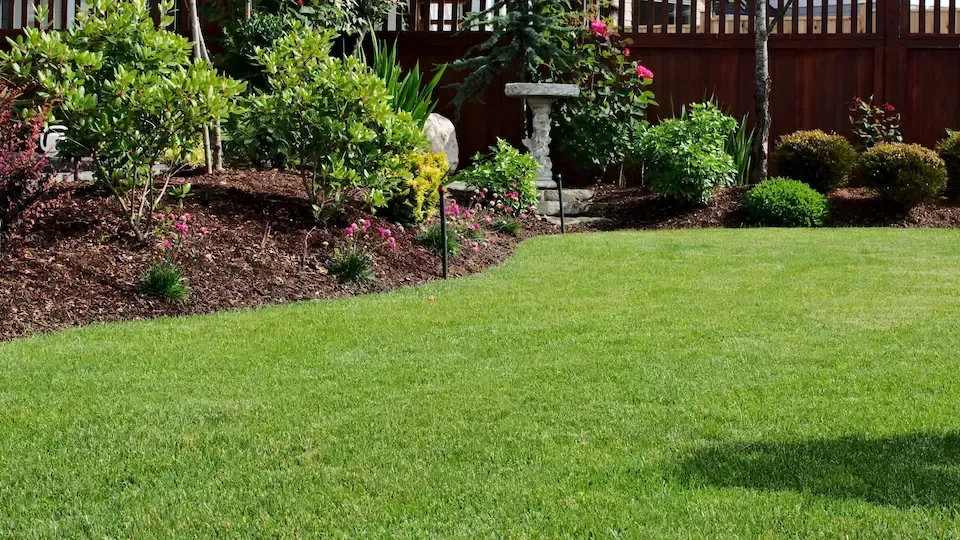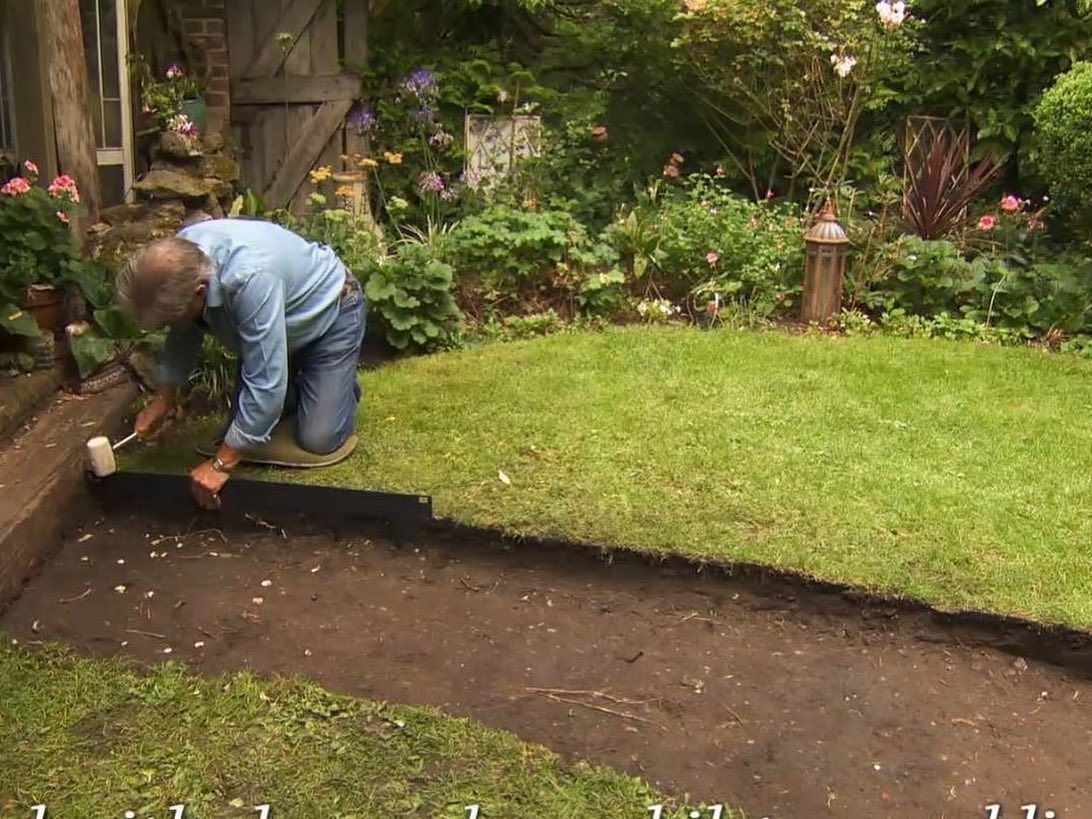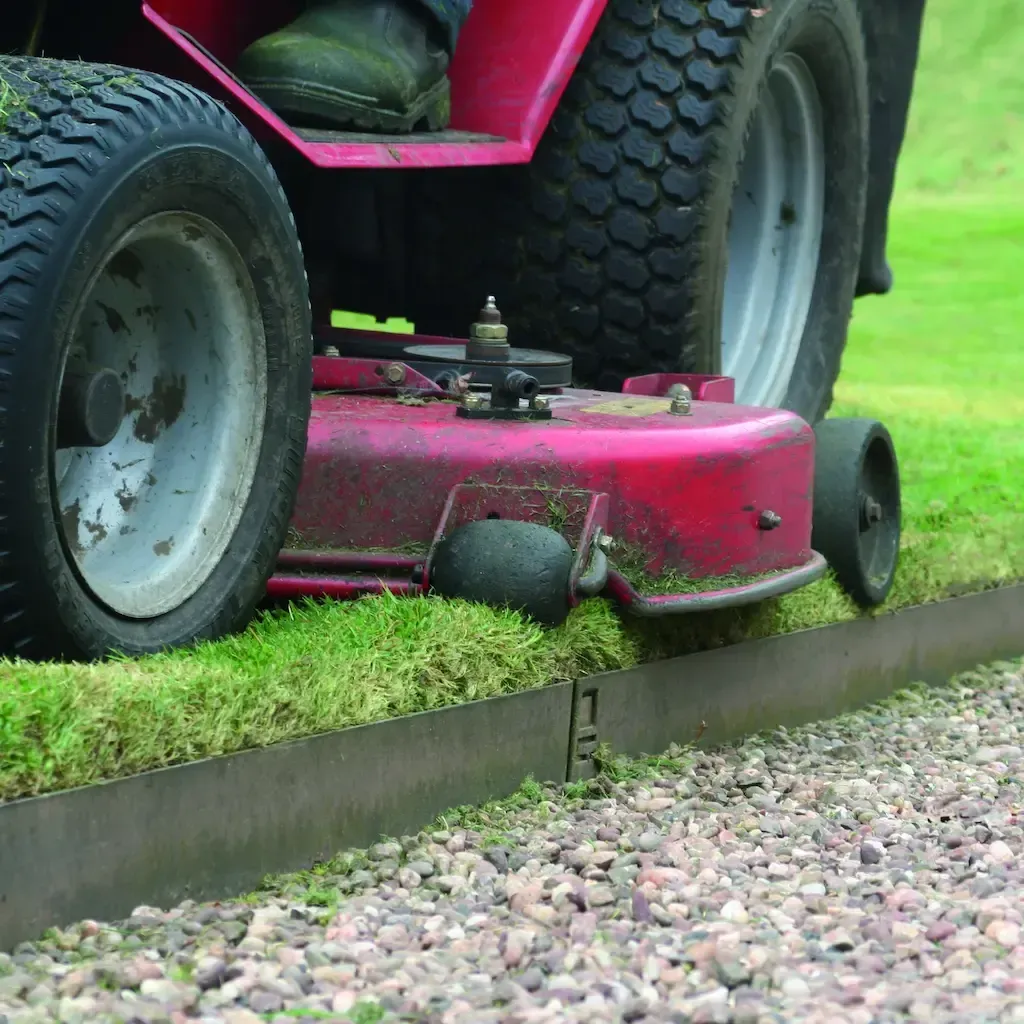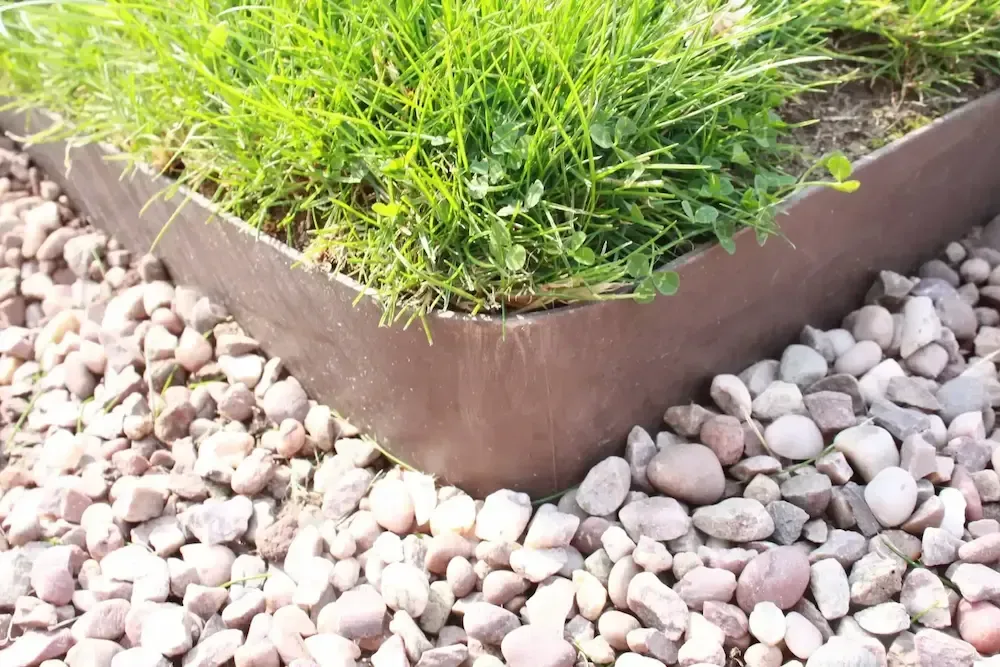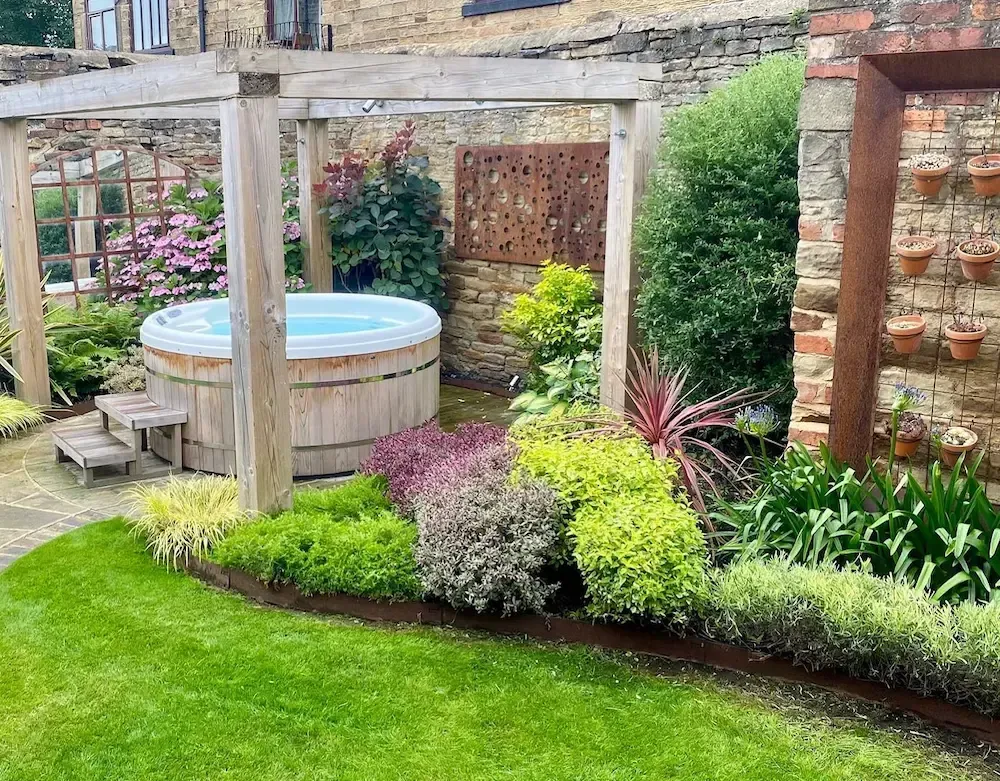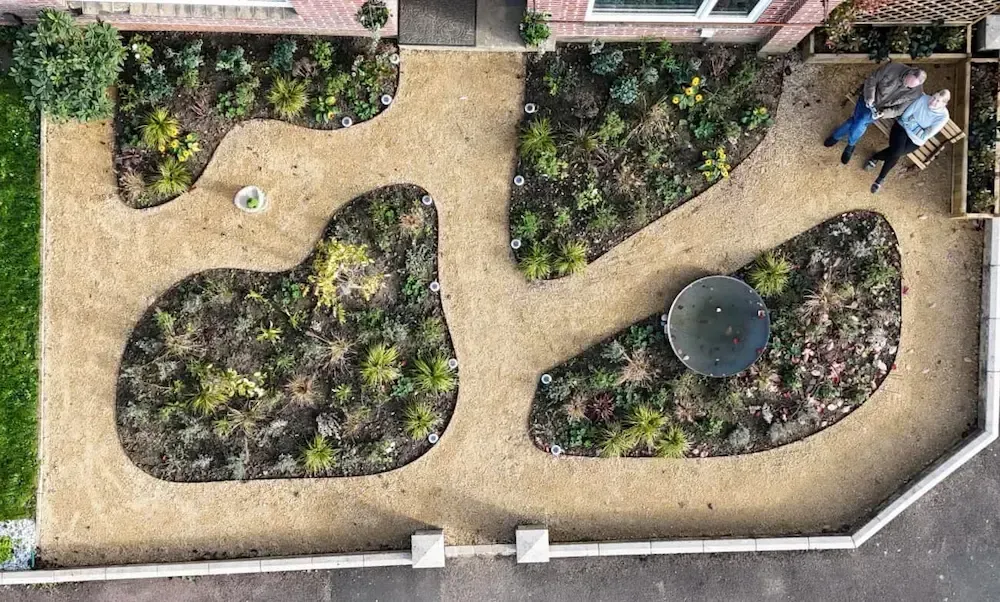Raising the stakes: sunken vs. raised beds in garden design
When it comes to planning your dream garden and landscaping, an important decision you'll need to make is choosing between sunken beds and raised beds. Both methods have unique benefits that cater to different gardening styles, climate conditions, and personal preferences. But how do you decide which method is right for your outdoor space?
Sunken beds: rooted in tradition
Sunken beds, as the name suggests, are garden beds created by digging into the ground, integrating the native soil. Sunken beds provide natural temperature regulation as the earth insulates plant roots from extreme heat and cold while the lowered profile provides protection from strong winds. This method is also ideal for areas prone to drought because it helps retain moisture by directing water into the soil instead of allowing it to run off. However, while this gardening method is particularly effective in dry climates or regions where water conservation is an issue, one challenge with sunken beds is the potential for soil erosion or waterlogging in rainy climates.
To maintain the clean, defined lines of a sunken bed, adding steel landscape edging or Corten steel edging protects the integrity of the sunken bed and prevents soil from spilling onto your pathways but also adds a modern, durable aesthetic to your garden. For a sleek, long-lasting solution, EverEdge offers premium garden edging products in NZ, including metal landscape edging and steel tree ring edging, which keeps the sunken garden beds neatly contained, making maintenance easier and more efficient.

Raised beds: taking your garden to new heights
Raised beds involve creating a contained garden bed that sits above the natural ground level, often framed with materials like wood, stone, or metal garden edging. Raised beds are incredibly popular due to their ease of access, especially for those with mobility issues or compact small garden spaces.
Raised beds are great for regions with poor soil quality, as you have full control over the soil mix and drainage. They also warm up faster in the spring, giving gardeners a head start on planting. However, it must be noted that when the weather gets hotter climates, raised beds can dry out quickly, and require more frequent watering.
EverEdge’s landscape edging is the ideal choice for framing raised beds. Whether you choose Corten steel edging for its natural, earthy charm and rust-like patina, or the brown or black metal landscape edging for aesthetic uniformity, the steel edging is stunning yet incredibly strong and resilient with next to no maintenance required. Additionally, using metal landscape edging in raised beds prevents soil compaction and weed spread which is another welcome benefit for gardeners.
Choosing the perfect bed for your garden
As with all things garden related, every decision should be guided by your local climate, soil type, topography of the garden, and your personal garden goals. Whichever method you prefer, EverEdge’s range of steel garden edging products options optimise soil health and help gardens thrive, providing function and form. If you are starting your beds from scratch or upgrading your current landscape edging and have questions about how to use steel edging in your project, contact EverEdge NZ today, click here or call 021 925 389.

